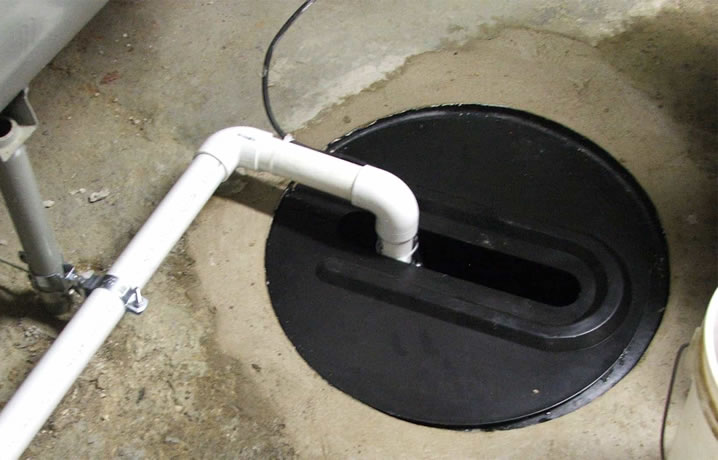Call This Wednesday to Get $50 OFF
Call us today
214-943-2424

With the charm of a vintage house often comes a cold reality: older homes weren’t designed to predict the future. For instance, flood risk can, and often does, change over time. A lot of land that used to be low-risk could, today, require some extra defenses.
One of the most effective defense against flooding is a sump pump installation. Water has a knack for finding the lowest point in your home, and that’s where a sump pump collects and ejects excess water – whether coming from a strong California rainstorm, rising groundwater, or a plumbing mishap.
In this brief article brought to you by Texas Rooter, we give you the rundown on what to know about sump pumps in older homes. If you’d rather consult a local plumber directly, then call or message Texas Rooter to get in touch!
Over time, soil around the foundation settles, drainage tiles deteriorate, and small cracks form along concrete – and all of these invite water in. Now, consider that houses built decades ago were designed for storage, and not livable space. Plus, many of these were constructed before modern waterproofing and drainage standards.
Even homes that have “never flooded before” aren’t guaranteed to stay dry. Flood plains and water tables can change without homeowners realizing it. A yard that drained perfectly fine 15 years ago might, today, direct water straight toward your foundation.
Factor in the ever-growing risk of your aging plumbing pipes finally giving out and, suddenly, you see the urgency escalate. A reliable sump pump can turn a would-be disaster into a minor inconvenience.
The sump pump is essentially a water pump installed in a pit (sump pit) at the lowest point of the building, but it’s not that simple. Installing a sump pump is more than just dropping a device into a hole.
Before the work even begins, the plumber must identify the ideal spot. If you get the location even a little off, then expect puddles of water in the area.
Then, they’ll cut a pit into the concrete floor or ground and install a basin to house the pump and/or pit. Of course, there are other parts at play as well:
Once installed, the pump automatically activates when water in the sump pit reaches a certain level. It should be regularly tested to confirm working condition. Periodically throughout the year, pour a bucket of water into the sump pit to see whether the pump activates.
Even if your home hasn’t experienced major flooding, there are red flags that suggest a sump pump could be a wise investment. Watch out for:
If any of these sound familiar, then it’s time to call Texas Rooter or local plumber for an assessment. The uniformed plumbers at Texas Rooter can determine whether your current drainage system is adequate or if it’s time for an upgrade.
Texas Rooter is proud to offer emergency plumbing repair service, too. If you’ve got leaks or even a burst pipe, then grab the phone and call Texas Rooter to speak with a live representative. We are ready when you are.
Installing a toilet sounds simple enough: set it down, bolt it in, connect the water,…
Read MoreMost property owners only think about their pipes when something goes wrong. By then, however,…
Read MoreA lot of homeowners assume their monthly sewer bill covers repairs, replacements, and anything else…
Read MoreTossing food scraps, especially greasy foods, into the kitchen sink is never a good idea…
Read MoreUnless the handle starts to stiffen or you notice a persistent drip, most people don't…
Read More